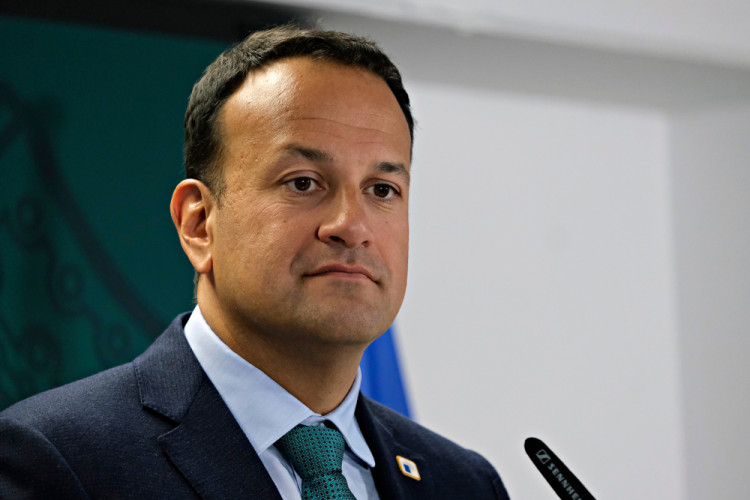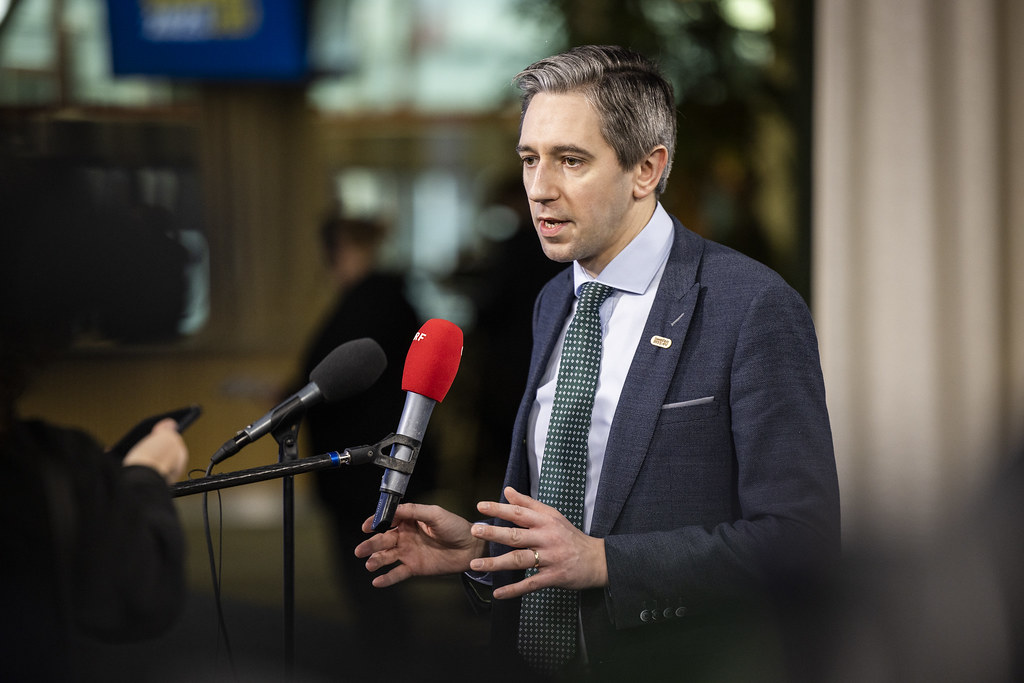They say a day is a long time in politics. Well never has a truer phrase applied to the events of the past 24 hours in Irish politics. Fine Gael supporters awoke today to face the first day of the post Varadkar era. So, what’s next and who are the runners and riders to become the 12th leader of Fine Gael?
The Process
The Fine Gael Executive Council – the powerhouse of the party organisation – met last night to agree the process for electing a new leader of the party. Under the Fine Gael constitution, candidates must be members of Dáil Éireann and must be nominated in writing by at least 10% of the Parliamentary Party within seven days of the vacancy arising. Nominations must be received by Monday at 1pm but in reality, the next 24 hours will define the race.
Crucially, Fine Gael has a distinct electoral process which must be fully understood by those seeking to understand the leadership process. The parliamentary party – made up of Oireachtas members and MEPs – has a substantial say in the matter with a 65% weighted vote. Councillors hold 10% of the vote with the grassroot membership carrying the remaining 25%. It is worth recalling that in 2017 Leo Varadkar received the backing of 51 of the 73 available Parliamentary Party votes compared to Coveney's 22. However, among grassroots members the result was quite the opposite, with Coveney gaining 65% of support from just over 10,000 members who voted compared to Varadkar's 35%. But Coveney will not be contesting this leadership election, and he is one of a handful of Fine Gael TDs on some insider’s lists for resignation watch ahead of the next general election. While the candidate(s) to replace Varadkar will speak to the hearts and minds of the grassroots, it is their fellow parliamentary colleagues who hold the critical mass. As Bill Clinton put it, it’s about arithmetic.
Voting from eligible party members will be brought to a national count centre on April 5th, where they will be verified and then counted. Party members must be affiliated for at least two years to be eligible to vote. The new party leader will be unveiled ahead of the party’s Ard Fheis in Galway on April 6th. Whoever the leader may be, they’ll need a hefty Atlantic tailwind as they prepare to take over the helms of government in Dublin.
The Front Runners
Simon Harris
After a successful Cheltenham festival for Irish trained horses, one might consider Simon Harris as the Willie Mullins of this contest. He is the firm favourite among the bookies and has put in the legwork in building up his support base within the party over recent years. At thirty-seven years old he’s young, probably the most articulate communicator in the government and has no shortage of ministerial experience to tick the merit box. There will be a steady flow of parliamentarians publicly declaring support for him over the next 24 hours. The tactic is to thwart any other contender with a show of strength.
It is very much his race to lose.
Crucially, Harris’ appeal to younger voters could help stem support for Sinn Féin. Mary Lou McDonald’s party is head and shoulders above all others in securing the support of the 18-35 cohort. This electoral advantage won’t be lost in Fine Gael as they look ahead to what the next leader needs to be able to deliver.
Anyone but Harris
At the time of writing, no other candidate has expressed an interest in running for the leadership.
If another candidate emerges today or tomorrow, it will be to ensure a contest is held. They will need to do so today, Thursday, to stem Harris’ momentum. It is difficult to see how Fine Gael wouldn’t benefit from the energy of a leadership contest and the opportunity to engage with its grassroots members, many of whom are also suffering the fatigue of 14 years in power. With local and European elections less than three months away, one would question the merits of not oiling its organisational machine. The only candidate likely to mount a serious challenge to Simon Harris is Paschal Donohoe, the current Minister for Public Expenditure. While Donohoe has never showed a willingness to lead, nobody would have expected a vacancy in Fine Gael in advance of the next general election. The prospect of being Taoiseach is a prize he will not easily forego.
The other candidate that could emerge and who would light up the party’s grassroots is Heather Humphreys. The Social Protection minister is viewed as steady and safe. Hailing from a border county, she could take the fight to Sinn Féin in a way others will not. But there are questions as to whether she’s leadership material. Either way, Humphreys’ standing within Fine Gael will not falter regardless of who the next Leader is.
Had a vacancy emerged six months ago, Helen McEntee, the Justice Minister would be in a much stronger position. However, her handling of policing matters including the Dublin riots has seen her standing fall in the party.
The next 48 hours will be decisive in setting the course, not just for Fine Gael, but for the coalition.







